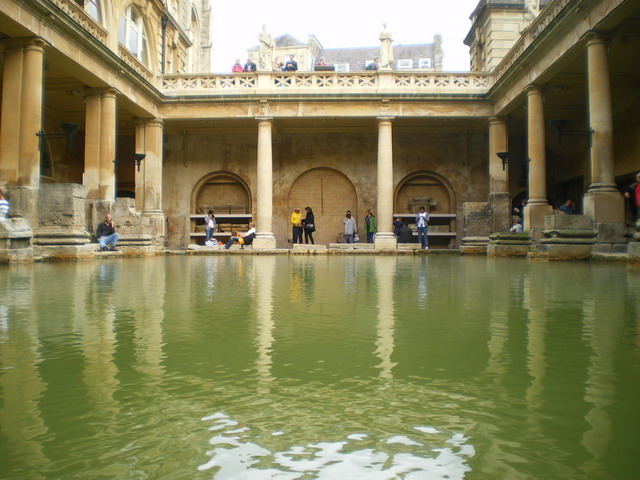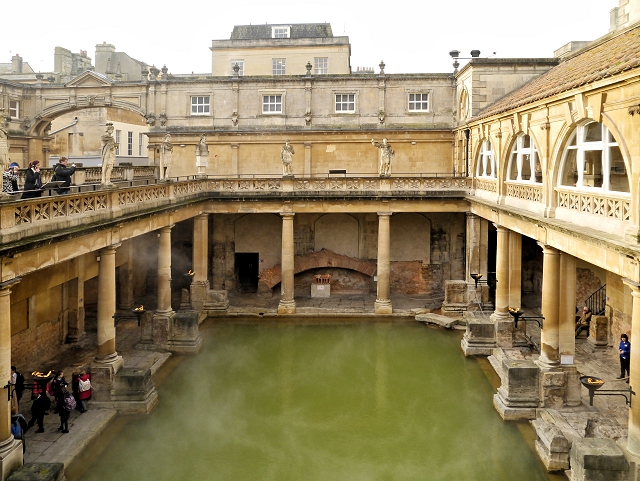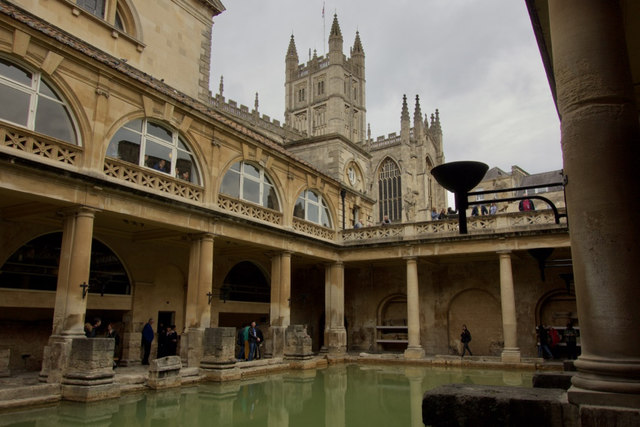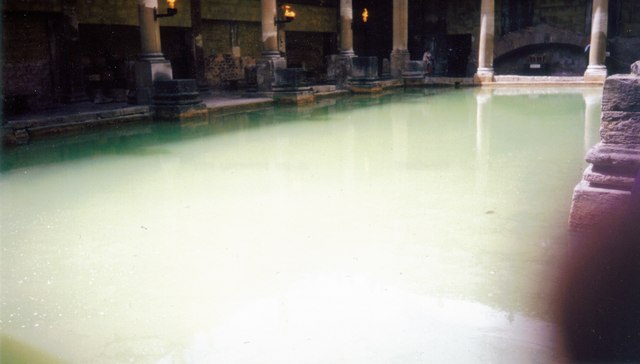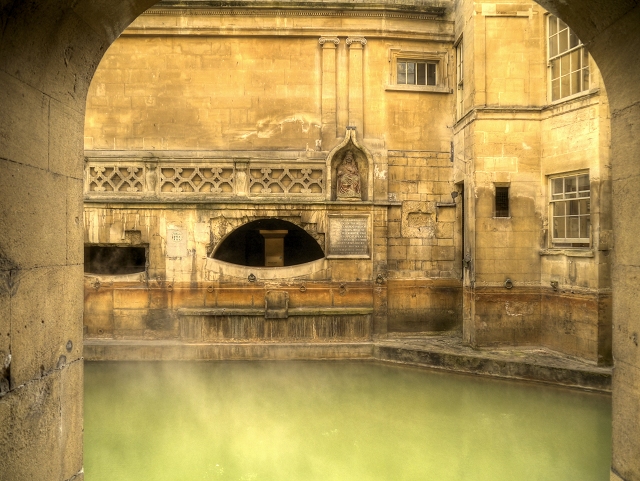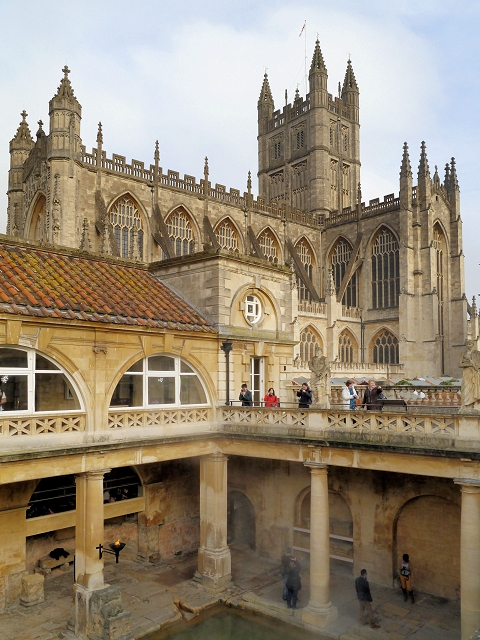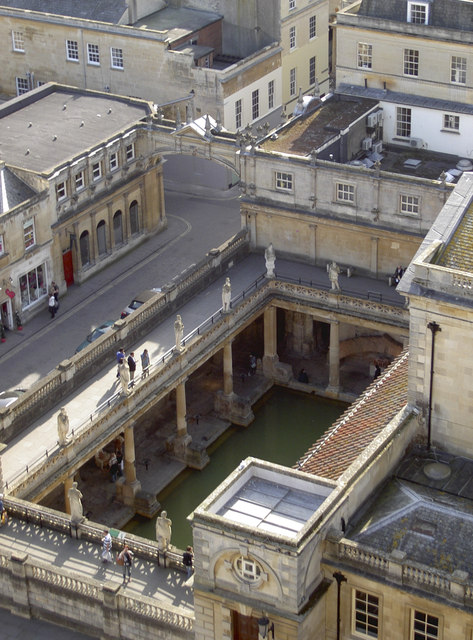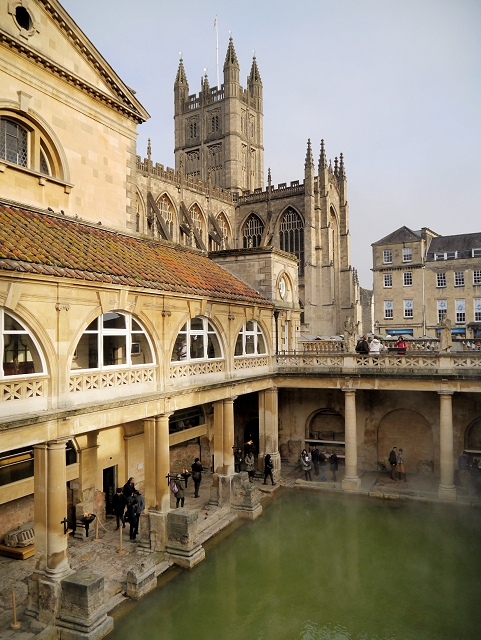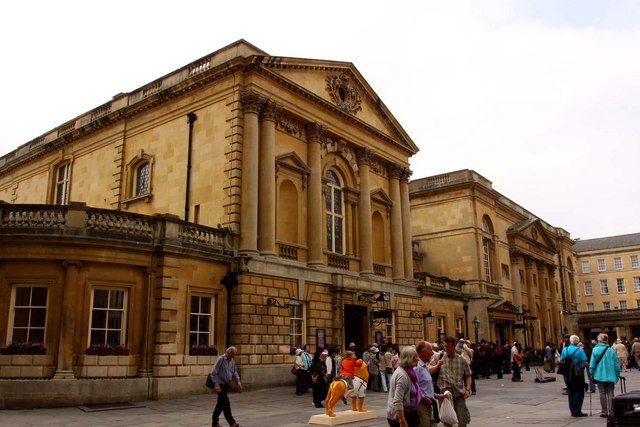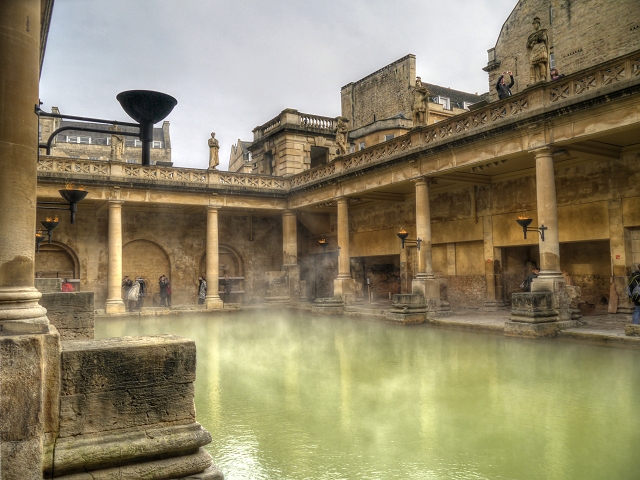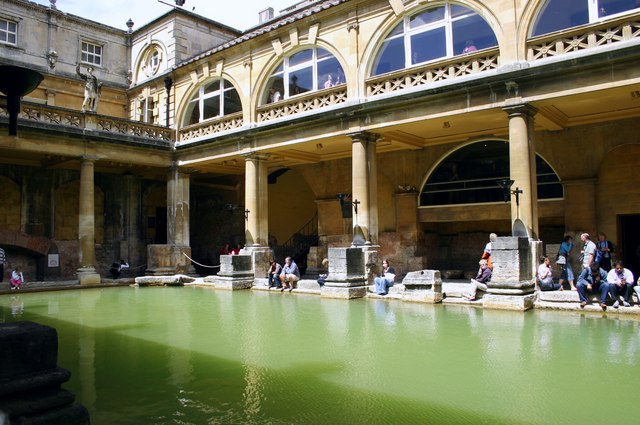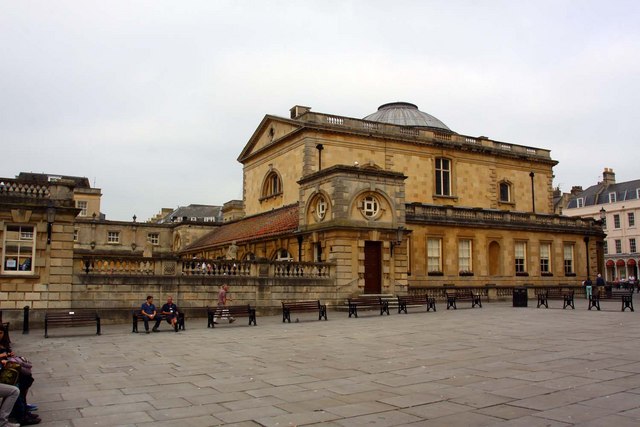Abbey Churchyard, Bath BA1 1LZ
The Roman Baths
The Roman Baths are well-preserved thermae in the city of Bath, Somerset, England. A temple was constructed on the site between 60 and 70 AD in the first few decades of Roman Britain. Its presence led to the development of the small Roman urban settlement known as Aquae Sulis around the site.
Location
About
The Roman Baths Thermae in Bath, England is a must-visit destination for any history or architecture lover. The site is one of the most well-preserved Roman remains in the world, and offers a unique glimpse into the daily life of ancient Romans.
The Roman Baths were originally built around the natural hot springs in the area, which have been a source of thermal waters for over 2,000 years. The complex was a place where people came to socialize, bathe, and relax, and it was an important center of religious and cultural life in the Roman Empire.
Today, visitors can explore the remains of the Roman Baths and learn about their history and significance through interactive exhibits and audio-visual displays. The site is divided into several different sections, each of which offers a different perspective on the Roman Baths.
One of the highlights of the site is the Great Bath, which is the centerpiece of the complex and one of the best-preserved Roman structures in Britain. The bath is surrounded by stunning mosaic floors, and visitors can see the remains of the caldarium (hot bath), tepidarium (warm bath), and frigidarium (cold bath), which were used by the Romans for different purposes.
Another highlight of the Roman Baths is the Temple of Sulis Minerva, which was dedicated to the Roman goddess of wisdom and the arts. The temple was an important center of religious worship, and visitors can see the remains of the columns and walls, as well as some of the original carvings and inscriptions.
In addition to the historical remains, visitors can also enjoy a range of modern facilities at the Roman Baths, including a café, gift shop, and audio-visual guides. The site is also fully accessible for people with disabilities, making it a great destination for all visitors.
In conclusion, the Roman Baths Thermae in Bath, England is a must-visit destination for anyone interested in history, architecture, or the ancient world. Whether you are a seasoned traveler or a first-time visitor, the site offers a unique and fascinating glimpse into the lives of the ancient Romans and their culture. So, if you are in Bath, be sure to add the Roman Baths to your itinerary – you won't regret it!
Things to do nearby
The Roman Baths in Bath, England, is a must-visit destination for tourists seeking a glimpse into the ancient history of the city. While the Baths themselves are a fascinating attraction, there are plenty of other places to see and things to do in the area. Here are some recommendations for visitors to the Roman Baths:
1. The Jane Austen Centre
Fans of the famous English author will love a visit to the Jane Austen Centre, located just a short walk from the Roman Baths. The museum offers a look at Austen's life and works, as well as the opportunity to dress up in Regency-era clothing and take a Jane Austen-themed walking tour of the city.
2. Bath Abbey
Just across from the Roman Baths, Bath Abbey is a stunning example of Gothic architecture. Visitors can take a tour of the church and climb to the top of the tower for panoramic views of the city.
3. The Royal Crescent
One of Bath's most iconic landmarks, the Royal Crescent is a row of 30 Georgian townhouses arranged in a sweeping crescent shape. Visitors can admire the stunning architecture and learn about the history of the buildings at the nearby museum.
4. The Fashion Museum
Located in the Assembly Rooms building, the Fashion Museum houses a collection of historic and contemporary fashion, including dresses worn by royalty and celebrities. Visitors can also try on replica period clothing and accessories for a unique photo opportunity.
5. Thermae Bath Spa
For those looking for a modern twist on the ancient Roman Baths, the Thermae Bath Spa offers a range of spa treatments and thermal baths in a luxurious setting. Visitors can relax in the rooftop pool while taking in panoramic views of the city.
6. Pulteney Bridge
Another iconic Bath landmark, the Pulteney Bridge is a beautiful example of Georgian architecture spanning the River Avon. Visitors can take a stroll across the bridge and admire the view, or explore the shops and cafes housed within the bridge's arcades.
7. Victoria Art Gallery
Art lovers will appreciate a visit to the Victoria Art Gallery, which houses a collection of paintings, sculpture, and decorative arts from the 15th century to the present day. The gallery also hosts regular exhibitions and events.
8. Sally Lunn's Historic Eating House
For a taste of Bath's culinary history, visitors can stop by Sally Lunn's Historic Eating House, which has been serving up its famous buns since the 1680s. The restaurant is housed in one of the oldest buildings in Bath and features a museum showcasing the history of the bun.
In conclusion, while the Roman Baths are certainly the main attraction in Bath, there is plenty to see and do in the surrounding area. From historic landmarks to modern spas and museums, visitors are sure to find something to suit their interests and make their visit to Bath a memorable one.
